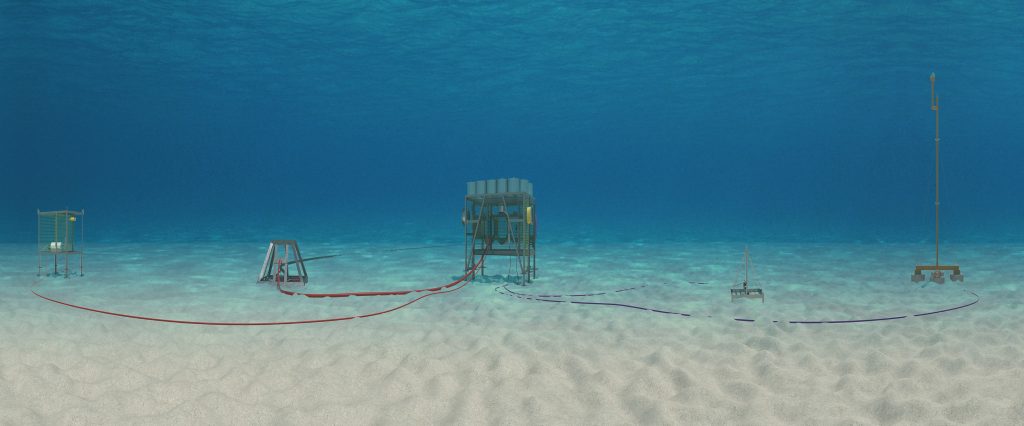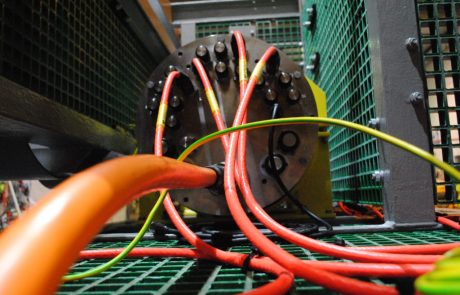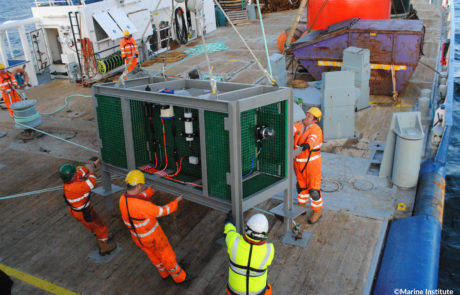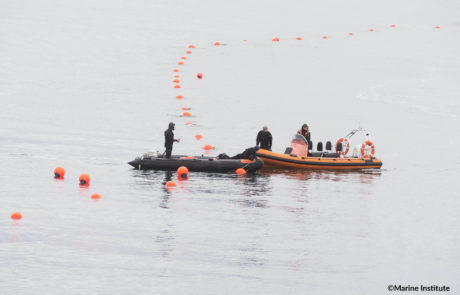Project Description
SmartBay
SUMMARY
SmartBay lies within the confines of Galway Bay, 1.5km offshore, in water depths of 25m and has been operational since August 2015.
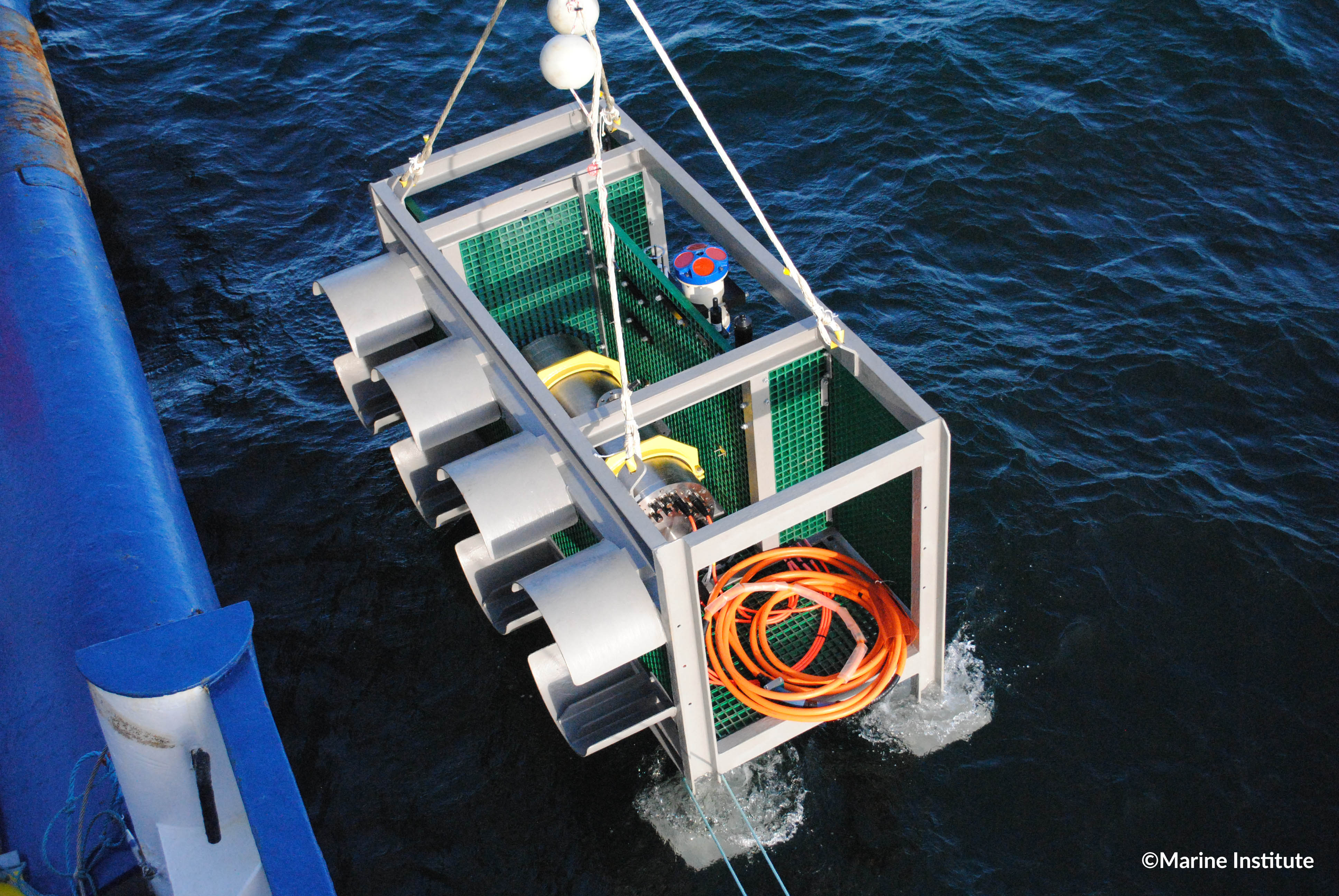
General information
Location: Galway Bay, Ireland
Distance from land: 1.5 km
Max water depth: 25 m
Date 1st deployment: August 2015
Operated by: Marine Institute (MI)
Website: www.smartbay.ie
Status: fully operational (updated June 2025)
Regional Team Leader: Alan Berry, MI
Scientific objectives
The SmartBay observatory is an underwater cabled observatory sub-sea sensor hosting platform (node) that is hooked to a fiber optic data and power cable. The sub-sea sensor hosting platform is capable of providing electrical power and high speed communications to scientific instruments from R&D projects or sensor developers. The platform includes a suite of permanently deployed instruments accessibility to a live data feed.
Description of the infrastructure
The SmartBay cabled observatory is connected to a shorestation via a 5km long subsea fibre optic power cable. This cable provides power to the observatory and facilitates high speed communication with the various instruments and sensors deployed. The observatory operates a core suite of sensors which measure several EOVs and other relevant environmental indicators. These instruments include CTD, dissolved oxygen, pCO2, hydrophones, HD camera, flow cytometer and ADCP. These instruments are cabled to a central electronics node. This node also includes several additional ports and cables with multiple power and communications configurations which are available to host other novel sensors and instruments. The testing and demonstration of new and novel equipment is one of the main drivers behind the SmartBay observatory, allowing researchers and industry the ability to trial their technology in the marine environment whilst also being in real time communication with their equipment at all times.
Environmental data recorded by the various infrastructures at SmartBay is streamed in real time to Marine Institute servers and subsequently to various online platforms and databases. The online data currently includes live video and audio, currents, wave data and feeds from the several instruments currently deployed.
